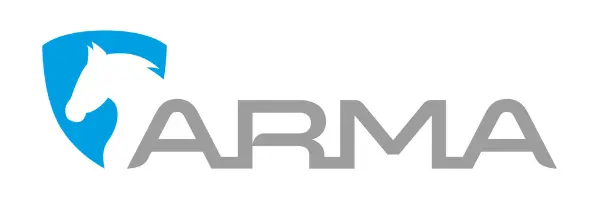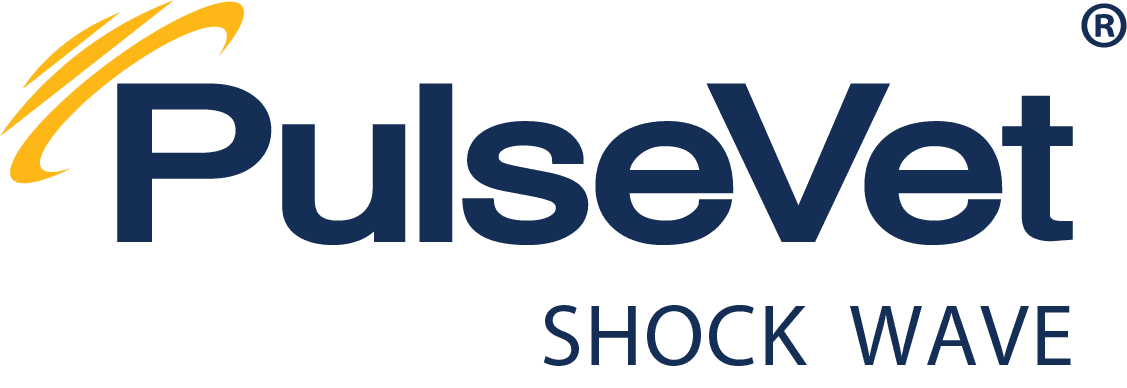Pressure Proof with Daniel Stewart: Exposure for Closure

Sooner or later we’re all going to experience something that’ll leave us feeling a bit uncomfortable, doubtful or even afraid. High-velocity sports like riding often creates these kinds of emotions, but it’s the unpredictable nature of our horses that really fire the fear in many of us.
From spooks to stops and runouts to refusals, it’s the unexpected from our unpredictable partners that eventually fire the fear in many of us. After all, skiers never worry about their skis spooking at snow, and tennis rackets never refuse to hit the ball.
It’s a unique realization when we recognize that the very best part of our sport (our horses) is also the part that creates so many of the fears that so many of us feel!
Learning to overcome our fears is one of the most important tasks any rider can undertake, and the good news is there's two ways that we can make that happen:
Systemic Desensitization (S.D.)
We identify a fear and then break-it-down into smaller more manageable pieces. For example, if a rider is afraid of showing in front of crowds it would be a good idea for them to normalize the fear by (1) changing their private lessons to group lessons, (2) ride in front of a small group of friends, (3) ride in front of a large group of friends, (4) ride in front of a small group of strangers, and then finally (5) ride in front of a large group of strangers. Here, exposure brings closure to our fears in a step-by-step manner.
Flooding
We identifying a fear and then immerse (flood) ourselves in it until it stops bothering us, and in doing so demonstrate the irrationality of the fear. For example, the rider who's afraid of riding in front of a crowd would simply ride in front of crowds until it stopped bothering them. This is the same technique used when people who fear snakes or flying immerse themselves in a room with a snake or lock themselves into the cabin of an airplane. The quote, “If you dread it, do it,” is often used to describe flooding.
Systemic desensitization and flooding are both components of a program called exposure therapy: We expose ourselves to the things that make us afraid so that we can gain the belief that we’re able to finally overcome them. In other words, we use exposure to bring closure to the things that bother us.
There is one important rule, however, when it comes to exposure therapy, and that is that when we expose ourselves to a stressors we must “win’ that experience. For example, if someone tries to overcome a fear of snakes by locking themselves in a room with snakes, they can’t get bit while in that room! That would only amplify the fear. If they can leave that room unscathed, however, they’ll leave it with a new sense of self-belief.
While both methods work well, systematic desensitization tends to be more manageable and comfortable for most, while flooding tends to bring about quicker improvements. Regardless, both should only be attempted with the help of your trainer and both should always make safety the priority. The good news is that there’s no shortage of fears that this technique can’t solve. Exposure can bring closure to everything from learning to trot without stirrups, riding in front of judges, learning to jump, and even getting back in the saddle after a fall (I only recommend SD here), as long as you take your time, work with your coach, and believe that you’re capable of overcoming those things that might feel overwhelming to you.
There is one other form of exposure therapy that we’ll talk about in next month’s Pressure Proof tip, and it focuses on stressors that we shouldn’t recreate such as bad falls, spooks, run-outs and run-aways. Even though we should never recreate these experiences, there is a tricky way we can overcome them. I look forwards to telling you more next time, but until then, if you’re a trainer or upper level rider and would like to take the Pressure Proof Coaching Academy’s instructor certification course on equestrian sport psychology please let me know. The course is online and self-paced so you can binge it in a month or take your time. For more information visit https://pressureproofacademy.com/certifications/














